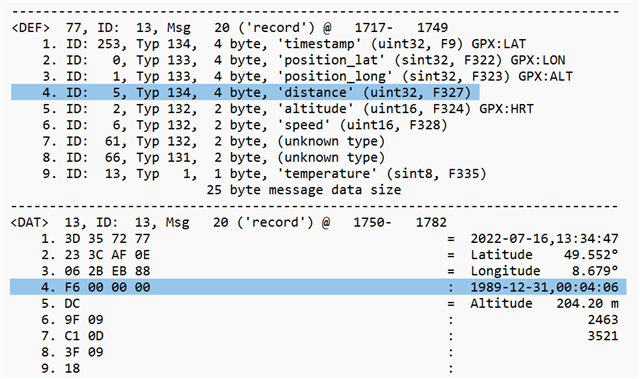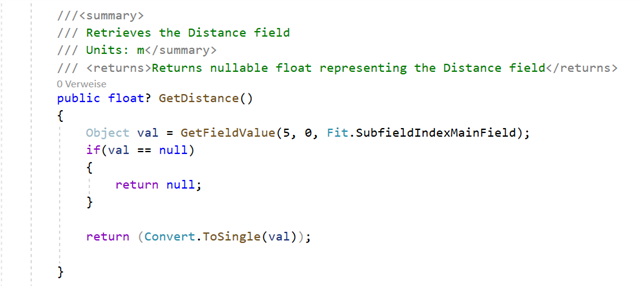I've written a tool to convert FIT files to GPX some years ago which does not work with the newest generation of Garmin devices.
The FIT files seem to contain the message type 327 (0x147) which is not seen on the latest list (Profile.xlsx in the FitSDKRelease_21.84.00 archive). So I am unsure if the list is incomplete or I forgot to implement something in my code (still investigating if anything has changed in newer FIT file definitions)...
..




